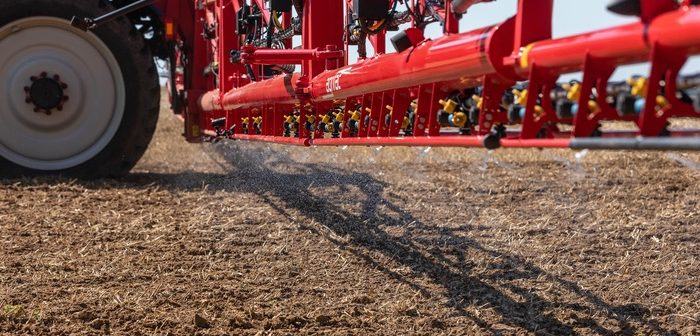All is not lost when it comes to ryegrass control.
Despite increasing concerns regarding the spread of herbicide-resistant ryegrass, effective control can still be achieved where a stacked and sequenced programme of herbicides is applied accurately and in favourable conditions Procam trials have demonstrated.
The trials purposely targeted the challenging ryegrass populations of Essex and South Yorkshire (to determine how various herbicide stacks perform under the worst pressure possible).
Two trials using a stacked and sequenced programme of Luxinum Plus (cinmethylin) alongside a diverse range of other modes of action achieved 94% and 99% control of ryegrass populations. “The work showed that even high populations of ryegrass with tough resistance profiles can be managed successfully in winter wheat,” notes technical development manager Rob Adamson.
It also reinforced the importance of herbicide stacks and the use of a diversity of herbicide modes of action.
“Historically, flufenacet has been the core component of ryegrass programmes, however there are increasing instances of poor efficacy,” Mr Adamson explains. “A diversity of other molecules used in mixture or sequence is therefore essential, and a diverse mixture can effectively overcome the resistance.
The trials also reinforced that cinmethylin gives growers and agronomists a reprieve from the reliance on flufenacet. But optimum performance is weather dependent he says.
“Much depends on the availability of soil moisture to enable cinmethylin to be effective, and because ryegrass germinates continuously, one application of one active ingredient will not provide season-long protection. An over-reliance on cinmethylin will also expose it to the risk of resistance developing, which we must work hard to avoid.”
It was the lack of moisture last autumn that saw control compromised. “Last year’s warm and dry conditions, paired with a migration back towards early drilling, meant many pre-eme rgence treatments ran out of steam and were ineffective against later germinating seeds,” he adds.
rgence treatments ran out of steam and were ineffective against later germinating seeds,” he adds.
In ProCam 2022 trials the best results came from where cinmethylin was held back notes Mr Adamson
“With much depending on how the season unfolds, the decision on when and which actives to use is dependent on when rain falls and when subsequent flushes of weeds are likely to emerge. If the season starts off dry, the strongest active should be preserved. On the other hand, if conditions are wet from the outset and weed germination is likely to happen sooner rather than later, the strongest option should be used first. Either way, a stack and sequence is critical to maximise the duration of activity, and minimise later flushes of troublesome grass weeds.”
This was demonstrated in last year’s trials. The better results came from where cinmethylin was held back. “This doesn’t mean that pre-emergence treatments should be excluded, but that actives with good levels of persistence such as diflufenican and alconifen (Proclus) should be deployed at this timing instead. That way, the stacked programme will get off to an early start, with cinmethylin still available to be used when soil moisture is more readily available.”




